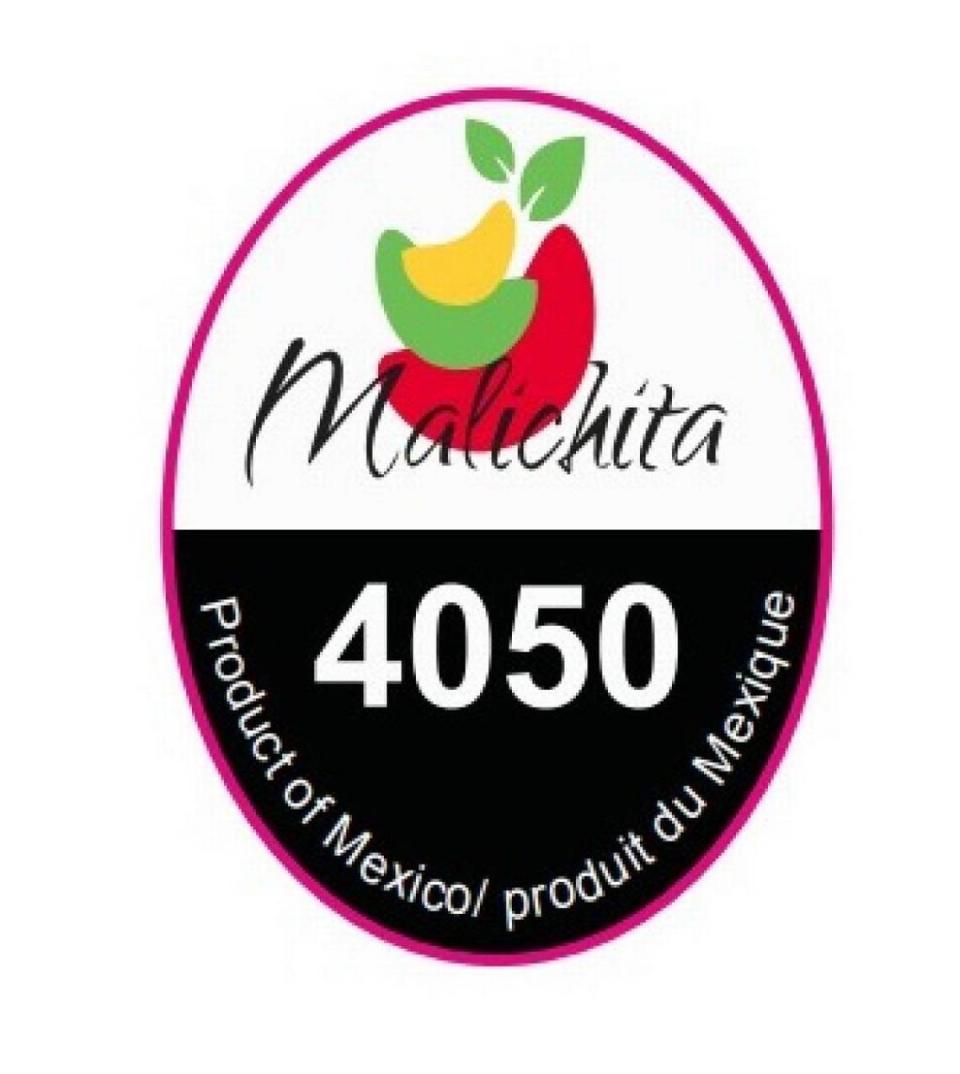Salmonella outbreak update: Kids in childcare centers, more people sick and hospitalized
The CDC has issued an update on a salmonella outbreak linked to cantaloupes, raising the number of states to 34 after Alaska and Kansas were found to have cases. The number of people who have been sickened has increased, but the death toll remains at two.
The U.S. Food and Drug Administration and the Centers for Disease Control and Prevention have traced the outbreak to Mexican cantaloupes, some of which were cut and used in fresh fruit products.
Here’s the latest:
How widespread and severe is the outbreak?
▪ The number of people infected rose 18.2% since the Nov. 24 update to 117 and the number of people hospitalized jumped 35.6% to 61. A hospitalization rate of 52.1%, 61 of 117, blows far past the normal hospitalization rate of salmonella of 1.95% (see below).
▪ As shown on the CDC’s infection map, this outbreak has struck hardest in the Midwest and Arizona.
▪ Minnesota has had 14 people sick, including the two who died. Wisconsin has had 10 people ill. Missouri has had nine. Ohio’s count is eight. Arizona’s is seven. Six Illinois residents have been infected.
▪ Kentucky, Texas and Iowa each have five people ill. Nebraska and Tennessee have four. Colorado, Georgia, New Jersey, South Carolina and Utah each have three people sick. Indiana, North Carolina, New York, Nevada, Oklahoma, Oregon and Virginia each have two. The states with one person infected are Alaska, Arkansas, California, Kansas, Massachusetts, Maryland, Michigan, Mississippi, Pennsylvania, Rhode Island and Washington.
“The true number of sick people in this outbreak is likely much higher than the number reported and the outbreak may not be limited to the states with known illnesses,” the CDC said. “This is because many people recover without medical care and are not tested for salmonella.”
What to know about salmonella
Salmonella is one of the most common foodborne illnesses, bringing high fever, vomiting and diarrhea that’s sometimes bloody and usually lasts several days to 1.35 million Americans each year. About 26,500 of those folks wind up in the hospital. About 420 die.
“Adults 65 and older, children under 5 years, and people with weakened immune systems are more likely to get very sick from salmonella,” the CDC said. “In this outbreak, 14 sick people resided in long-term care facilities and seven children attended childcare centers before they got sick.”
Of those 14 people in long-term care, six were interviewed and four recalled eating cantaloupe. Of the seven children, investigators have food history on six and all six ate cantaloupe.
What cantaloupe is involved and what recalls have been made?
The CDC points to Malichita or Rudy brand whole cantaloupes and fruit products that include cuts of those cantaloupes. The stamps on the whole cantaloupes include “4050.”


The three most recent recalls were issued Tuesday and late Wednesday, but over the last several weeks there have been recalls involving Walmart, Aldi, and every kind of fruit seller, from supermarket to grab-and-go stands.
READ MORE: Kroger, Trader Joe’s, Sprouts Farmers Market, Kwik Stop in latest cantaloupe recalls
What you should do
Don’t eat cantaloupe, whole or cut, if you can’t be sure they’re not Malichita or Rudy brand cantaloupes. If you have recalled cantaloupe products, throw them out so no pets or people can eat them, or take them back to the store for a refund.
“The CDC also advises long-term care facilities, childcare centers, hospitals and other facilities that care for people at higher risk for severe salmonella illness to not serve recalled fruits and to not serve cantaloupe that was supplied pre-cut if they don’t know whether Malichita or Rudy bran cantaloupes were used.”
